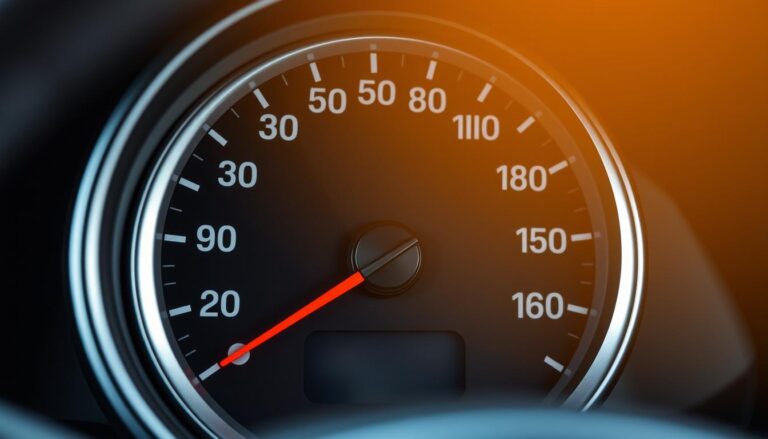If you’ve ever touched the hood of a black car on a sunny summer day, you know the answer seems obvious. But how much hotter do black cars actually get compared to white or silver vehicles? And more importantly, what can you do about it? This article dives into the physics behind car color and heat, examines real scientific data, and provides practical solutions for keeping your dark-colored vehicle cooler.
The Science of Color and Heat Absorption
The relationship between a car’s color and its temperature comes down to basic physics. The key concept here is albedo – a measure of how much light a surface reflects rather than absorbs. White and silver cars have a high albedo, reflecting 60-70% of sunlight, while black vehicles have a low albedo, absorbing up to 90% of solar energy.
When sunlight hits a car’s surface, three things can happen: the light can be reflected, transmitted, or absorbed. Dark colors absorb more light across the visible spectrum, converting that energy into heat through a process called thermal radiation. This absorbed energy increases the surface temperature and radiates into the car’s interior.
The solar reflectance of automotive paint plays a crucial role in this process. Modern automotive paints vary in their ability to reflect infrared radiation, which carries about 53% of the sun’s heat energy. Some newer “cool” black paints are designed with higher infrared reflectivity while still appearing black to the human eye.
Black vs. White Cars: The Temperature Difference

Thermal imaging reveals the significant temperature difference between black and white vehicles
Multiple scientific studies have confirmed that black cars do indeed get hotter than their lighter-colored counterparts. The Berkeley Lab Environmental Energy Technologies Division found that light-colored vehicles reflect about 60% of sunlight compared to dark-colored ones.
| Study/Experiment | Testing Conditions | Temperature Difference | Cooling Time Difference |
| Berkeley Lab | Sacramento, CA – Summer day, 1 hour exposure | 10°F (5.5°C) hotter in black car | Not measured |
| Mythbusters | Controlled environment, identical vehicles | Black car reached 135°F vs. 125°F in white car | Not measured |
| Autoradar | Georgia summer day, several hours exposure | 17°F (9.4°C) hotter in black car | Black car took 25% longer to cool |
| Auto Trader | Identical vehicles, direct sunlight | Black car reached 130°F vs. 113°F in white car | After 10 min AC: Black 91°F vs. White 84°F |
These temperature differences have real-world implications. The interior of a black car can reach dangerous levels of 130-170°F (54-77°C) on a 90°F (32°C) day. This extreme heat can damage electronics, cause dashboard cracking, accelerate upholstery deterioration, and create dangerous conditions for children and pets.
The increased heat also affects air conditioning efficiency. Studies show that cooling a black car’s interior requires approximately 13-28% more energy than cooling a white car, impacting fuel economy by 1-2% during hot weather.

Temperature rise over time in black versus white cars parked in direct sunlight
Myths vs. Facts: The Truth About Car Colors and Heat

Myth: Black cars are always hotter in winter too
Fact: While black cars do absorb more solar radiation year-round, the heating effect is significantly reduced during winter due to lower solar intensity and different sun angles. The difference becomes negligible on cloudy winter days. During winter, interior heating is primarily determined by your car’s heating system rather than exterior color.
Myth: Car color affects the engine temperature
Fact: A car’s exterior color has virtually no impact on engine temperature. Engine heat is generated internally through combustion and is managed by the cooling system. The color of your car doesn’t influence how hot your engine runs.
Myth: Black cars use significantly more fuel in summer
Fact: While black cars do require more air conditioning power to cool down, the actual impact on fuel economy is modest—typically 1-2% in extreme conditions. Other factors like driving habits, tire pressure, and engine maintenance have a much greater effect on fuel consumption.
Myth: Interior color doesn’t matter if the exterior is black
Fact: Interior color does make a difference, though less than exterior color. Consumer Reports testing found that dark interiors in light-colored cars still get hotter than light interiors in dark-colored cars. The combination of exterior and interior color together determines overall heat buildup.

Practical Solutions for Black Car Owners

If you own a black car or are considering purchasing one, don’t worry—there are numerous effective strategies to manage heat buildup and keep your vehicle comfortable year-round.
Immediate Solutions
- Use a quality windshield sunshade – Reflective sunshades can reduce interior temperatures by up to 15-20°F. Look for double-sided models with a reflective surface.
- Park in shade whenever possible – Even partial shade can reduce interior temperatures by 20-45°F compared to direct sunlight.
- Crack windows slightly – Creating a 1-2 inch gap allows hot air to escape and can reduce interior temperature by 8-10°F.
- Cover dashboard and steering wheel – These surfaces can reach 180-200°F in black cars. Covers prevent burns and reduce re-radiation of heat.
- Use a car cover for extended parking – A breathable, reflective car cover can reduce heat buildup by 35% during long-term parking.
Long-Term Investments
- Install ceramic window tint – Modern ceramic tints can block 45-98% of infrared heat while allowing visibility. They reduce interior temperatures by 15-30°F.
- Add a remote starter with AC function – Pre-cooling your car for 5-10 minutes can make it comfortable before you enter.
- Invest in breathable seat covers – Reflective or mesh seat covers prevent the scorching effect of hot leather or vinyl seats.
- Apply heat-reflective paint treatment – Specialized clear coatings can increase the infrared reflectivity of dark paint by 20-30%.
- Install solar-powered ventilation fans – These can extract hot air even when your car is off, reducing interior temperature by 10-15°F.

Pro Tip: The 20-20-20 Rule for Hot Cars
When returning to a hot car: Open all doors for 20 seconds to allow the initial heat blast to escape. Then, roll down all windows 20% and drive for 20 seconds before turning on the AC. This method can cool your car up to 3x faster than immediately using recirculated air.

The 20-20-20 method can cool your car significantly faster
The Verdict: Do Black Cars Get Hotter?

The scientific evidence is clear: black cars do get significantly hotter than white or light-colored vehicles. Multiple studies show interior temperature differences of 10-17°F (5.5-9.4°C) between black and white cars in identical conditions. Black vehicles also take longer to cool down once air conditioning is activated.
However, this doesn’t mean you should avoid black cars altogether. With the right precautions and heat management strategies, you can enjoy the sleek, classic look of a black vehicle without suffering through excessive heat. The aesthetic appeal of black cars continues to make them popular despite their heat absorption properties.
Whether you currently own a black car or are considering purchasing one, implementing the solutions outlined in this article can significantly improve your comfort during hot weather. The key is being proactive about heat management rather than reactive to an already overheated vehicle.


